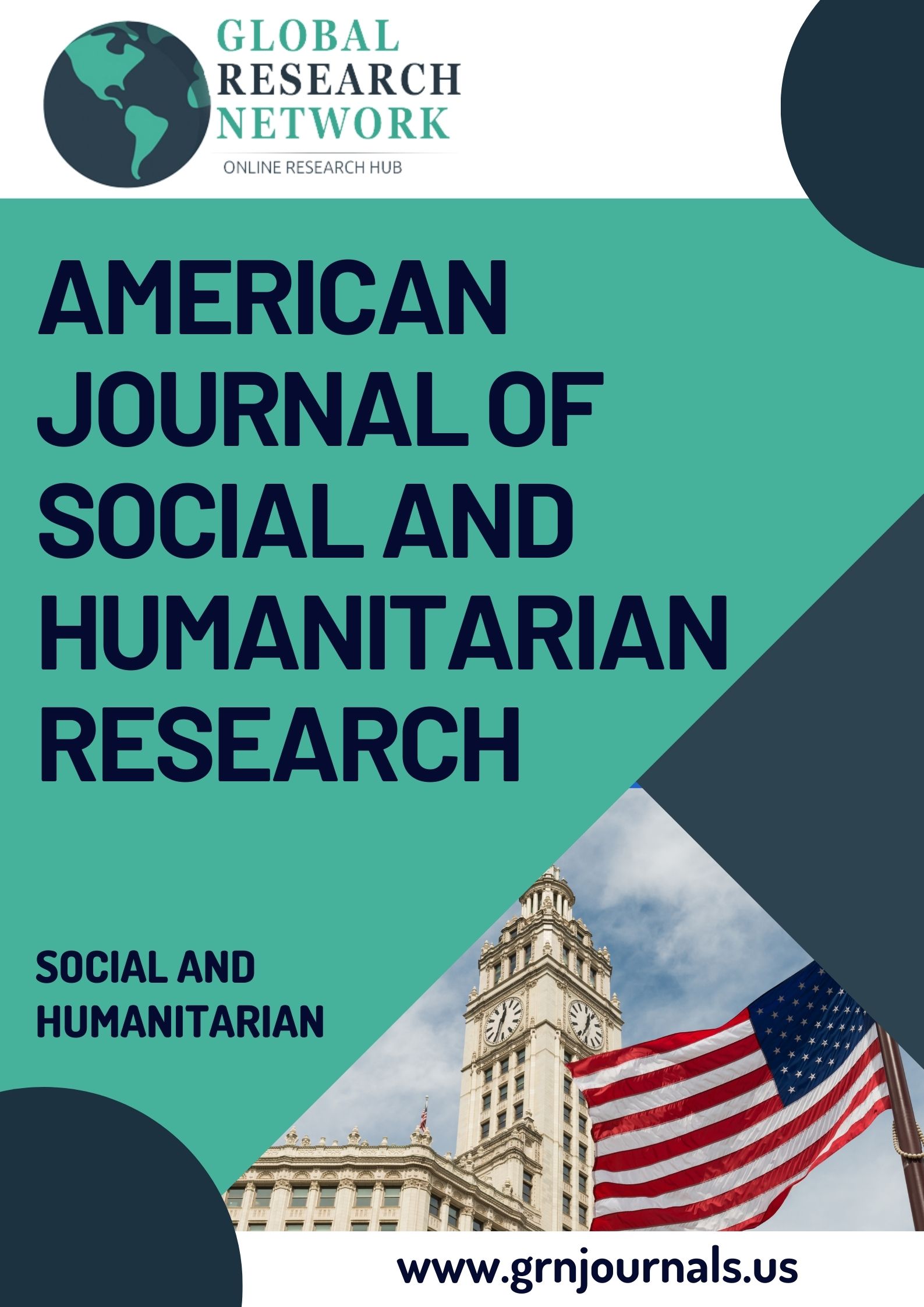Socio-Economic Status of Muslims in Assam: Challenges, Realities, and Polish Directions
Keywords:
NRC, Exclusion, Socio-economic, MarginalizationAbstract
Muslims constitute one of the largest minority communities in Assam, accounting for approximately 34% of the state’s population. Despite this significant demographic presence, the socio-economic status of Muslims in Assam remains disproportionately disadvantaged compared to other communities. This paper explores the socio-economic realities faced by Muslims in Assam, focusing on education, employment, health, political representation, and social inclusion. Drawing on secondary data, government reports, and academic studies, this research highlights the multifaceted challenges and proposes policy measures to foster equitable development and social harmony.
References
1. Sachar Committee Report (2006). Government of India.
2. National Sample Survey Office (NSSO) Reports.
3. All India Survey on Higher Education (AISHE), MHRD.
4. Hussain, M. (2014). "Muslim Marginalization in Assam: An Empirical Study." Journal of Social Studies.
5. Bhatia, R. (2019). "Identity and Exclusion: The Case of Assam's Muslims." Economic and Political Weekly.
6. Government of Assam (2021). Reports on Socio-Economic Development of Indigenous Assamese Muslims.
7. Census of India (2011). Ministry of Home Affairs.
8. Ministry of Minority Affairs, Government of India.









